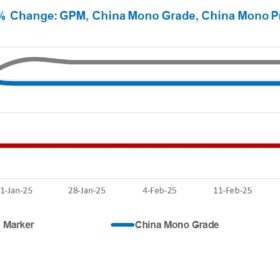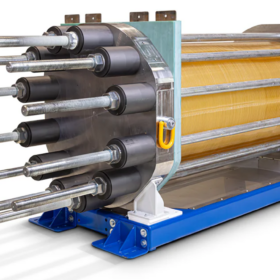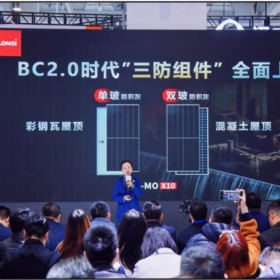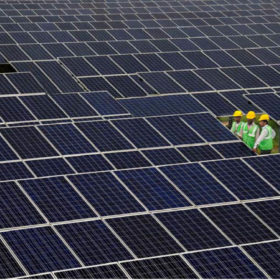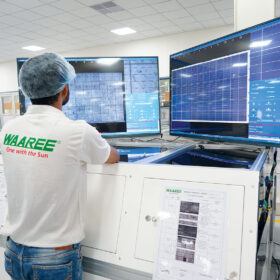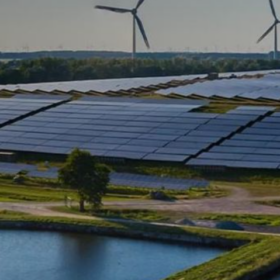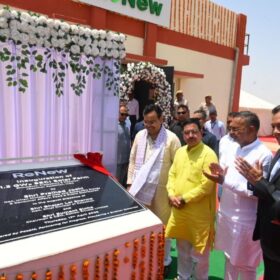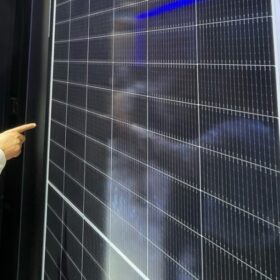Polysilicon market unchanged, awaits policy stimulus
In a new weekly update for pv magazine, OPIS, a Dow Jones company, provides a quick look at the main price trends in the global PV industry.
Tata Power signs MoU to develop 7 GW of renewable energy projects in Andhra Pradesh
Tata Power Renewable Energy Ltd has signed a Memorandum of Understanding (MoU) with the Government of Andhra Pradesh to jointly explore opportunities for the development of up to 7 GW of renewable energy projects, including solar, wind, and hybrid projects with or without storage solutions.
The Hydrogen Stream: BGR Tech partners alkaline electrolyzer manufacturer Stargate for green hydrogen projects in India
BGR Tech will integrate Stargate’s alkaline electrolyser stacks with its in-house developed balance-of-plant to execute green hydrogen production projects in India.
The role of battery energy storage systems in sustainable data centers
While many data centres have started using solar power as part of their energy sources, they still depend on grid energy because of regulatory issues like discom regulations and banking policies. To enhance the use of green energy and lessen reliance on fossil-fuel-based grid electricity, combining battery energy storage systems (BESS) with hybrid solar and wind power systems is a practical solution.
Longi unveils anti-dust back contact solar module with 24.8% efficiency
Longi has released a back-contact solar module with 24.8% efficiency, featuring a power output of up to 670 W and a temperature coefficient of -0.26% per degree Celsius.
GUVNL allocates 250 MW solar at INR 2.60/kWh
Avaada Energy, SAEL, and Welspun Renewable Energy have emerged winners in Gujarat Urja Vikas Nigam Ltd’s tender for 250 MW of grid-connected solar capacity with greenshoe option of additional 250 MW.
Waaree Energies receives EcoVadis Gold Medal for sustainability practices
Waaree Energies has become the first Indian solar PV manufacturer to achieve EcoVadis Gold Medal, joining top 5% of global companies in ESG Excellence.
Chemical manufacturer partners Clean Max Enviro on 16.5 MW wind-solar hybrid plant for self consumption
Clean Max Enviro Energy Solutions will set up a 16.50 MW captive wind-solar hybrid power project for offtake by chemical manufacturer Aarti Industries.
Coal miner SCCL signs 1.5 GW solar MoU with RVUNL
State-owned coal miner Singareni Collieries Co. Ltd (SCCL) will develop a 1.5 GW solar park in Rajasthan through a joint venture with state power utility Rajya Vidyut Utpadan Nigam Ltd (RVUNL).
Solar manufacturing in India: Paving the way for a self-reliant renewable future
As India advances toward its Vision 2047 goals, solar module and cell manufacturing must be at the heart of the renewable energy strategy. While policy interventions like ALMM and production-linked incentives have laid a strong foundation, the next phase requires intensifying domestic raw material manufacturing and supply chains, scaling solar cell production with novel technologies, developing a skilled workforce to support advanced manufacturing, and elevating export competitiveness through quality certifications and trade agreements.
